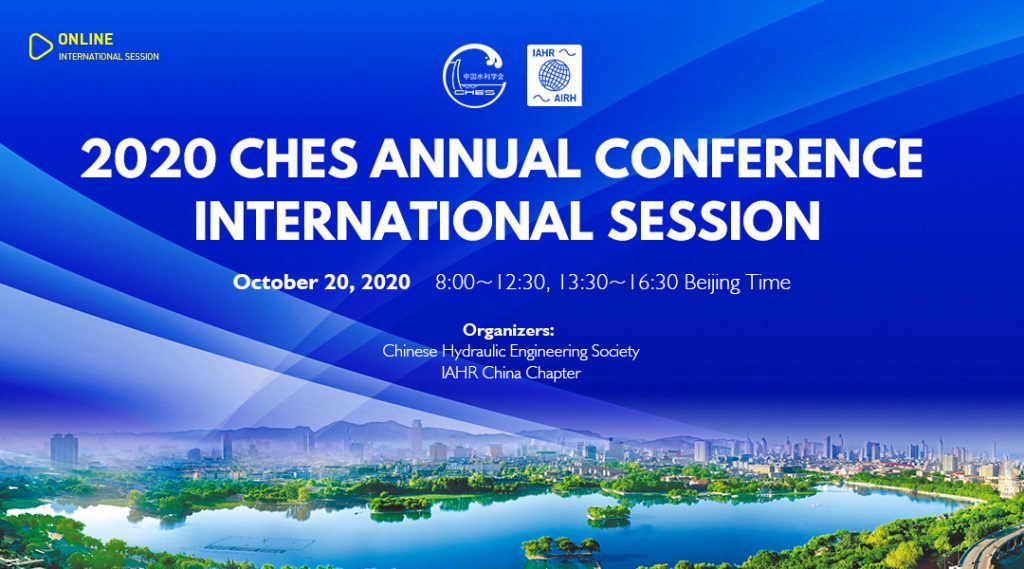Kudos to the DOE for making a brave but right decision when rejecting the heli-logging project in Kedah
I refer to articles in the Star, Much to lose despite heli-logging (March 25, Star Two), Seriously Flawed (April 01, 2003), as well as other feedbacks carried in the paper on the Kedah heli-logging issue. Admittedly, despite all the concern about the immense negative effects (environment, ecology, social and economics) the project will cause when a pristine forest is logged, few are convinced that raising such objections in the press would bring any positive results. Meaning to say, even the most ardent of activists actually sense, deep down inside, that with a state government and giant timber company pushing for the project, the conclusion is a forgone one (Fact is, the Kedah State Government had already approved in principle the project to log 122,798ha of the Ulu Muda and its adjacent forest reserves last March, subject to the approval of the DEIA). Then to the surprise of all (I really mean ALL), the DOE rejects the Detailed EIA report. So, for once, I call on all parties to applause the DOE for being brave enough to do the right thing in rejecting the project.
According to the director-general of the DOE, the DEIA failed to meet the department’s requirements, as among other things, the content of the report was incomplete and steps to minimise the environmental impact of logging were insufficient. Now comes the dreaded part – The DG explains “It is now up to the project proponent to submit another report or to consider another option for the project.” In fact, as soon as the DOE rejected the DEIA, the Kedah Mentri Besar has promised that a new environmental impact assessment (EIA) report for the project will be submitted soon, and that new report would contain a review of several technical factors that were noted to be lacking by the DOE. So, it’s back to square one and the process starts all over again. When reviewing the new DEIA report, we the concerned rakyat, asked that the DOE be as brave as before. The DOE must be objective and professional, and not let any party/s influence affect/cloud its judgement. On another note, consultants employed (whether the same consultants or otherwise) to rewrite the new DEIA report should be highly professional, objective and have a clear conscience of what they are doing. The effects of the project would only be felt many years later, and when disaster strikes, what will then happen to their professional credibility? Is the paltry consultant fee worth one’s credibility and conscience? Many consultants have shied away from controversial projects like this, but to the brave ones who dare to venture into the viper’s nest, they better be prepared to get bitten.
Leaving aside the DEIA and technical aspects of the project, there should be other reasons to consider. The fact is, heli-logging has not been convincingly successful, even in developed countries. The operating costs are significantly higher than conventional logging, more hazardous, and it uses a large number of skilled workers (may have to be imported). Logically, if the project proponent sticks to 3 trees per acre, the heli-logging venture will not be commercially viable. Of greater concern is that it may leave the forest open to illegal loggers once the 3 trees are taken out. Also, the paltry sum of RM6.25mil a year earned from timber royalty by Kedah is ludicrous when one considers the hundreds of millions earned from the rice industry, ecotourism, and water supply. Dato Syed Muhammad Shahabudin, President of The Malaysian Water Association has suggested that it is more profitable (and acceptable) for Kedah to sell water to water-poor Penang. Based on a rate of 30 sen per 1,000 gallons, a sales volume of 100 MGD would net about RM11mil – a figure that is nearly double the revenue from heli-logging.
Currently, Penang draws 80 % of its water needs form the Sg Muda, which has its catchments in the proposed heli-logging area. Already, Penang is a very water-poor state. Penang has very little water catchments to speak of and most of our water catchments actually lie outside our boundaries. We thank Kedah for releasing water from the Muda Dam during the 1997/98 El Nino which averted a water crisis in Penang. Kedah should again consider the implications of the heli-logging project on Penang’s water supply and be sensitive to a brother state’s needs. I think the Penang State Government also views the project with great concern, and would be willing to negotiate for future inter-state water transfer from Kedah. Elsewhere, in electronics and computer and high-tech industries, Penang can share much with Kedah (which is also developing such industries). There are certainly many areas of mutual collaboration between Penang and Kedah. Finally, the Kedah State Government should now be brave, just like the DOE. Clearly, the project is highly controversial and problematic, not to mention the public outcry and objections. We, the concerned rakyat, appeal to the Kedah State Government to reconsider their intention to log a pristine forest which acts as a water catchment, biodiversity reservoir, ecotourism haven, climatic control element, soil erosion, sedimentation and flood control, and ecological habitat. Better still, gazette the area as a National or State Park for all eternity.
Dr Chan Ngai Weng
President
Water Watch Penang
back to publications





